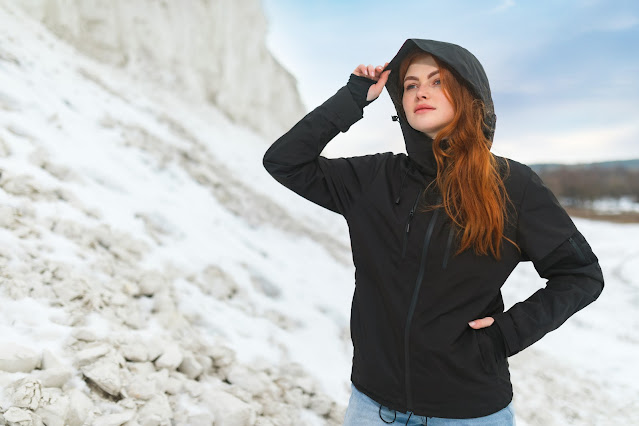Nowadays, the most popular sorts of photo are probably the ones you take of yourself. Selfies have been around for a while now, but there’s more to taking one that simply tapping the button on your smartphone and posing. Let’s take a look at how we might inject a little bit more artistry into your self-portraits.

Lighting
If you don’t have the right light, then you’ll never be able to take a decent selfie. Don’t rely on the flash on your camera: take your selfie outdoors, or somewhere with decent lighting. The help of a big wall mirror will spread the light further while providing the image with some visual interest.
Background
Part of the appeal of a good selfie is the backdrop. After all, no-one’s going to be interested in an image of you sitting at home. That’s why so many holidaymakers document their travels by inserting themselves alongside famous landmarks. Naturally, there are some locations where it isn’t appropriate to take a selfie, like galleries and museums: be sure that you’ve checked with the place you’re visiting.
Apps
Your choice of app will also influence your selfie. There are hundreds of image-taking and image-sharing apps to choose from, some of which come with advanced image-editing facilities. Parfait, for example, will allow you to examine a series of selfies at once, and pick out which is the best. AirBrush, on the other hand, will allow you to remove a few blemishes and imperfections in a way that’s subtle and transparent.
Filters
A significant part of the art of a selfie is the choice of filter. It’ll affect the entire mood of the shot, turning something that’s cold and sterile into something that’s warm and welcoming, or vice-versa. The colour-balance of your photos is so important, in fact, that you might import your photos into something professional, like Photoshop, and tweak the contrasts, colour and saturation levels.
Famous Selfies in History
The self-portrait has been around since long before the invention of the first camera, let alone the first camera-phones. Rembrant, Van Gogh, and Van Eyck all honed their craft by drawing themselves – the latter’s Arnolfini Portrait had him appearing in the background, inside a mirror. Robert Cornelius, an American inventor, took a photograph of himself in 1839, the back of which reads “the first light picture ever taken”.
Throughout the 19th century, photographers used selfies as a way to sell their services, and get to grips with the technology. With the invention of the photo booth came an opportunity for artists like Andy Warhol to push the selfie further, and the advent of the handheld camera and ultimately the smartphone allowed just about everyone to get in on the act.
Who knows where the art of the selfie will be taken in years to come?

*Collaborative post. For more information on what this means, please see my Disclaimer













Add your comment